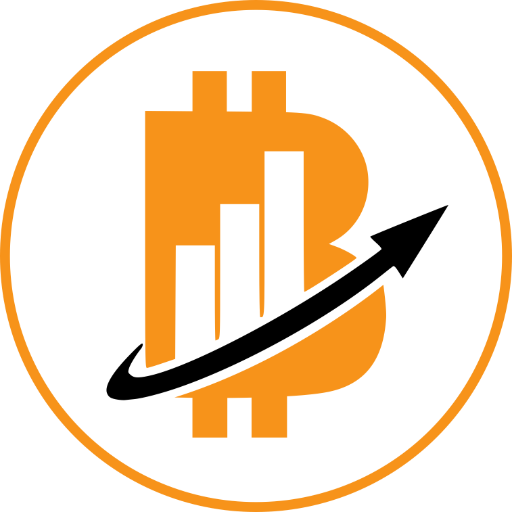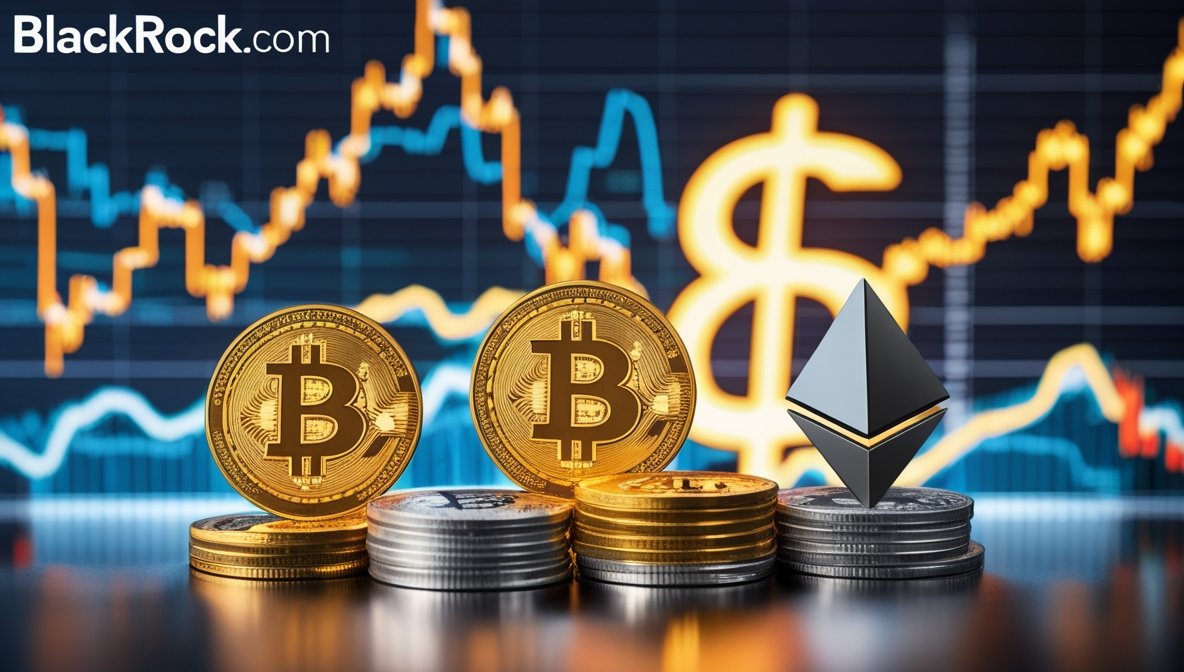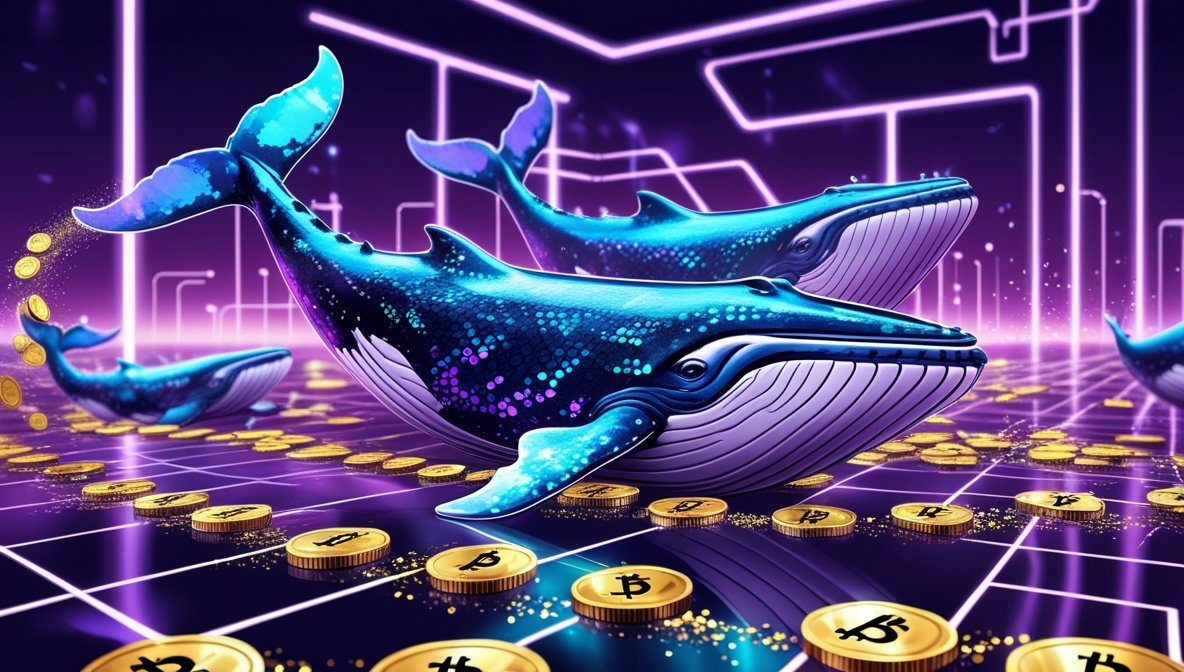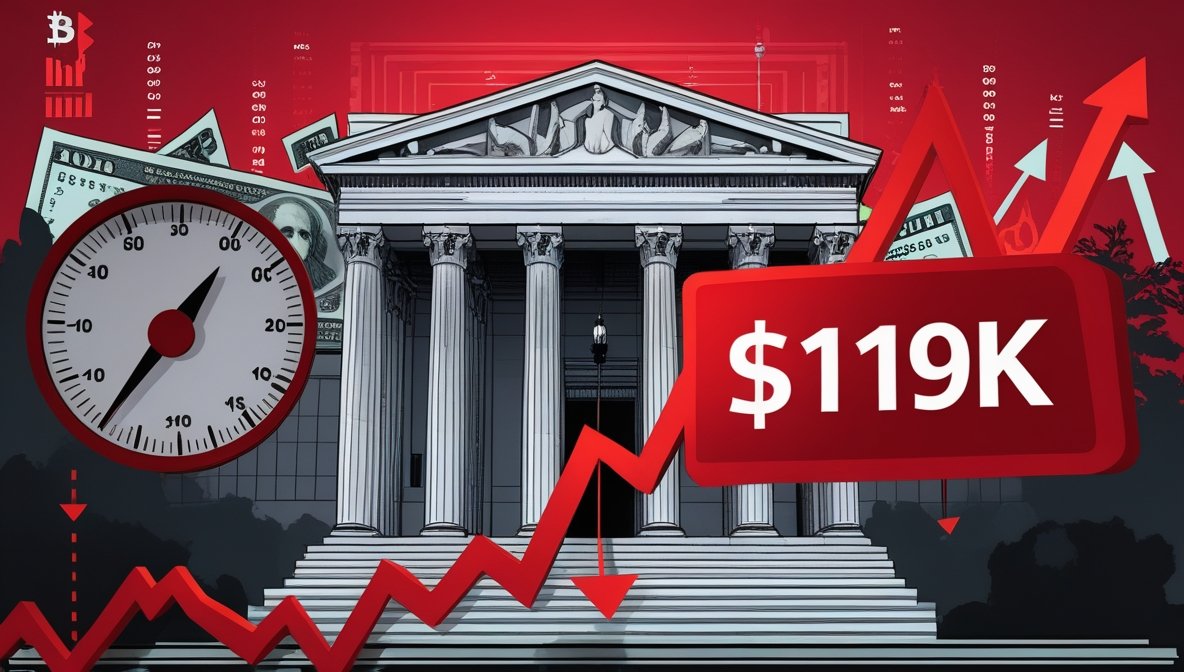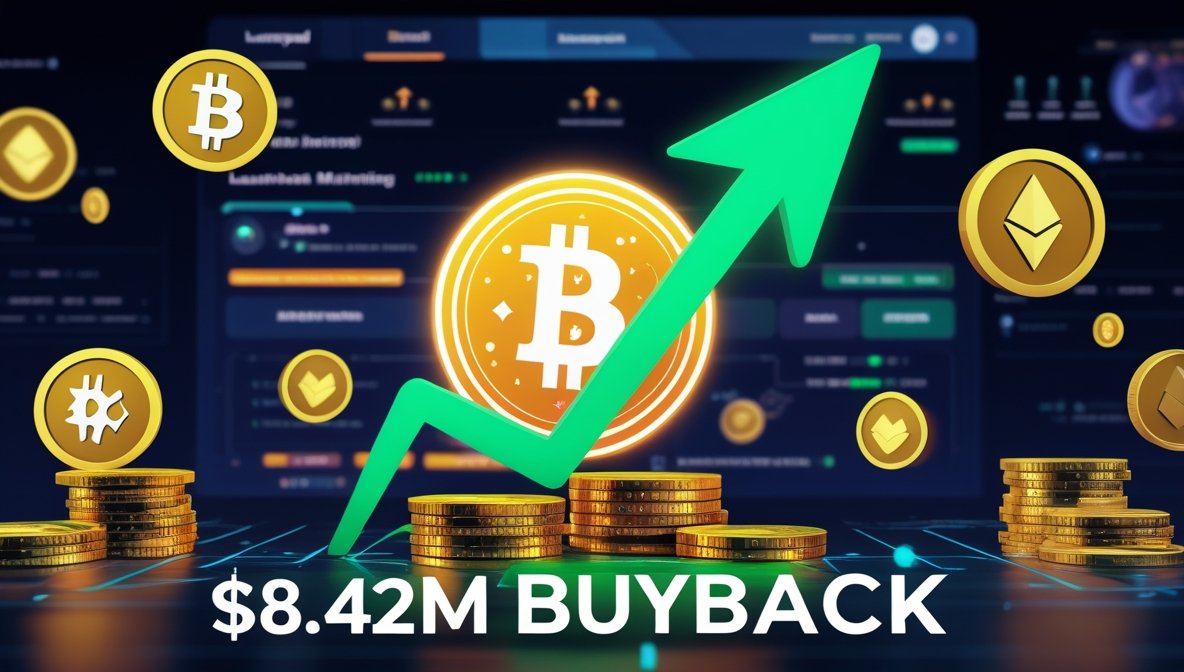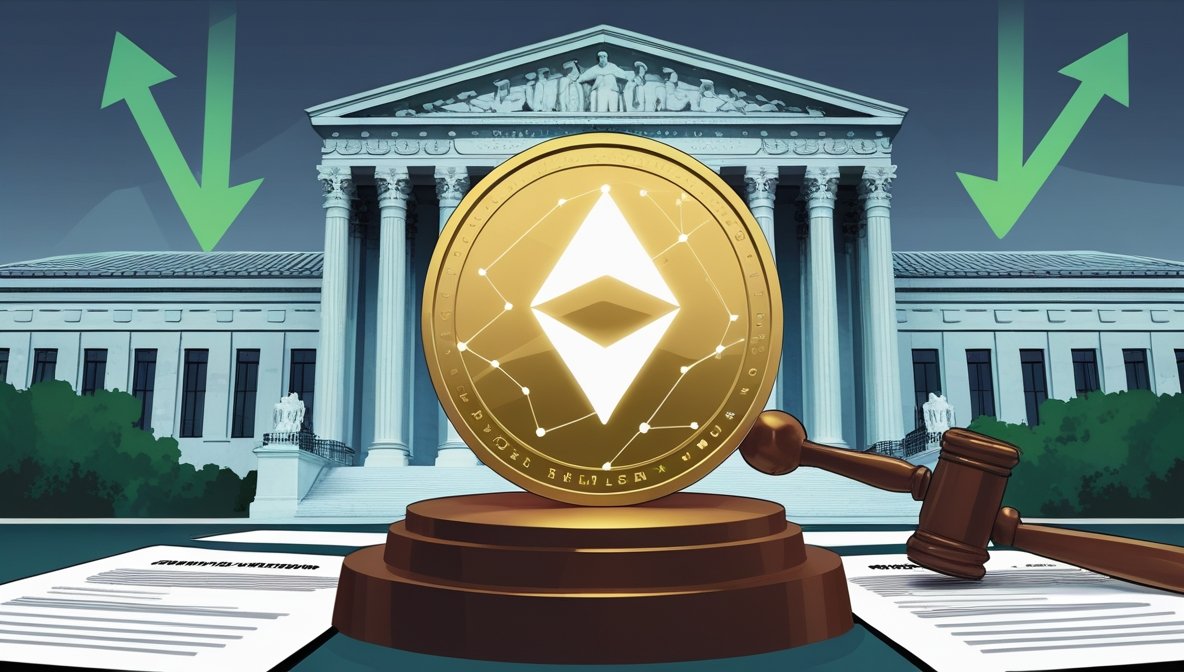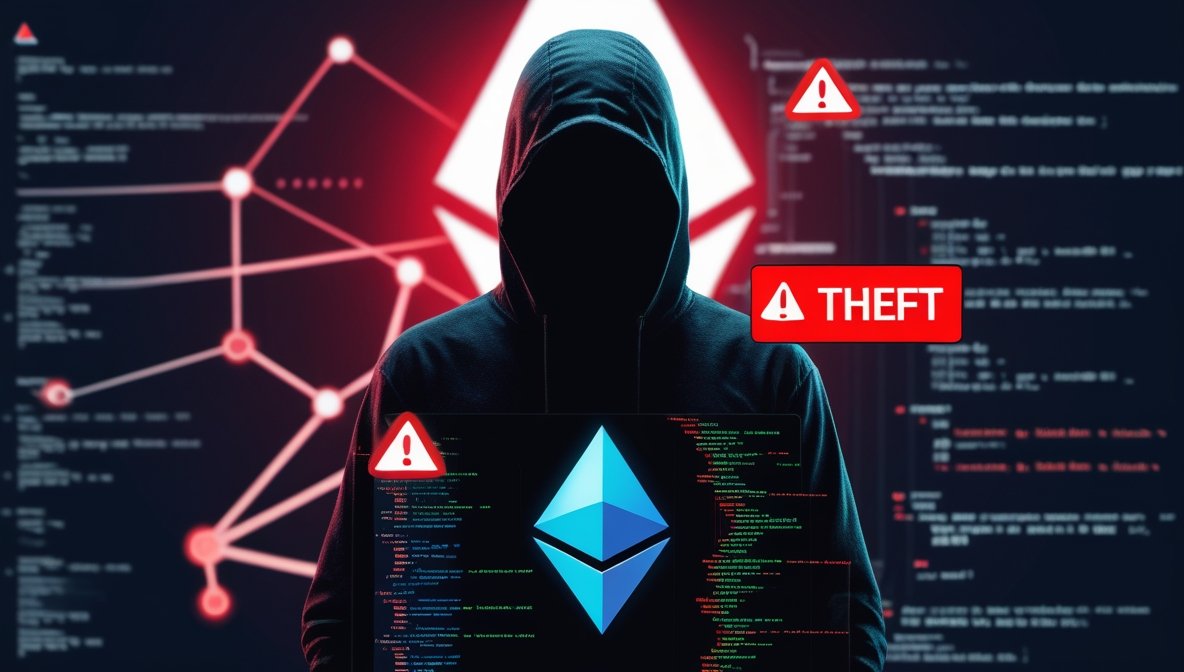BlackRock, the world’s largest asset manager with $11.6 trillion in assets under management, now holds more than 735,000 Bitcoin worth about $86 billion through its iShares Bitcoin ETF (IBIT).
On-chain data from Arkham Intelligence shows consistent inflows, including multiple 300 BTC transfers — each worth $37 million — via Coinbase Prime in recent days. This marks a significant rise from March 2025, when BlackRock’s Bitcoin holdings were 567,000 BTC valued at $47.8 billion.
BlackRock’s Ethereum ETF (ETHA) is also expanding. Wallets tied to the fund have recently received a 5,900 ETH deposit along with multiple 10,000 ETH transfers in just two days, totaling over $121 million. The firm’s Ethereum exposure now exceeds $14 billion.
With these accumulations, BlackRock ranks among the largest global Bitcoin holders, surpassing MicroStrategy’s 628,946 BTC stash worth around $55 billion. Alongside government treasuries and crypto-native whales, BlackRock’s presence further cements institutional dominance in the digital asset market.
The success of Bitcoin ETFs continues to drive liquidity. Since their 2024 approval, U.S.-listed Bitcoin ETFs have generated tens of billions in trading volume, with IBIT leading adoption. Meanwhile, Bitcoin is consolidating between $117k–$118k, trading at $117,789, up a modest 0.34% today after hitting $124k earlier in the week.
You might also like :7 Reasons Ethereum: South Korean Investors Are Betting Big on Ethereum Stocks Over Big Tech
